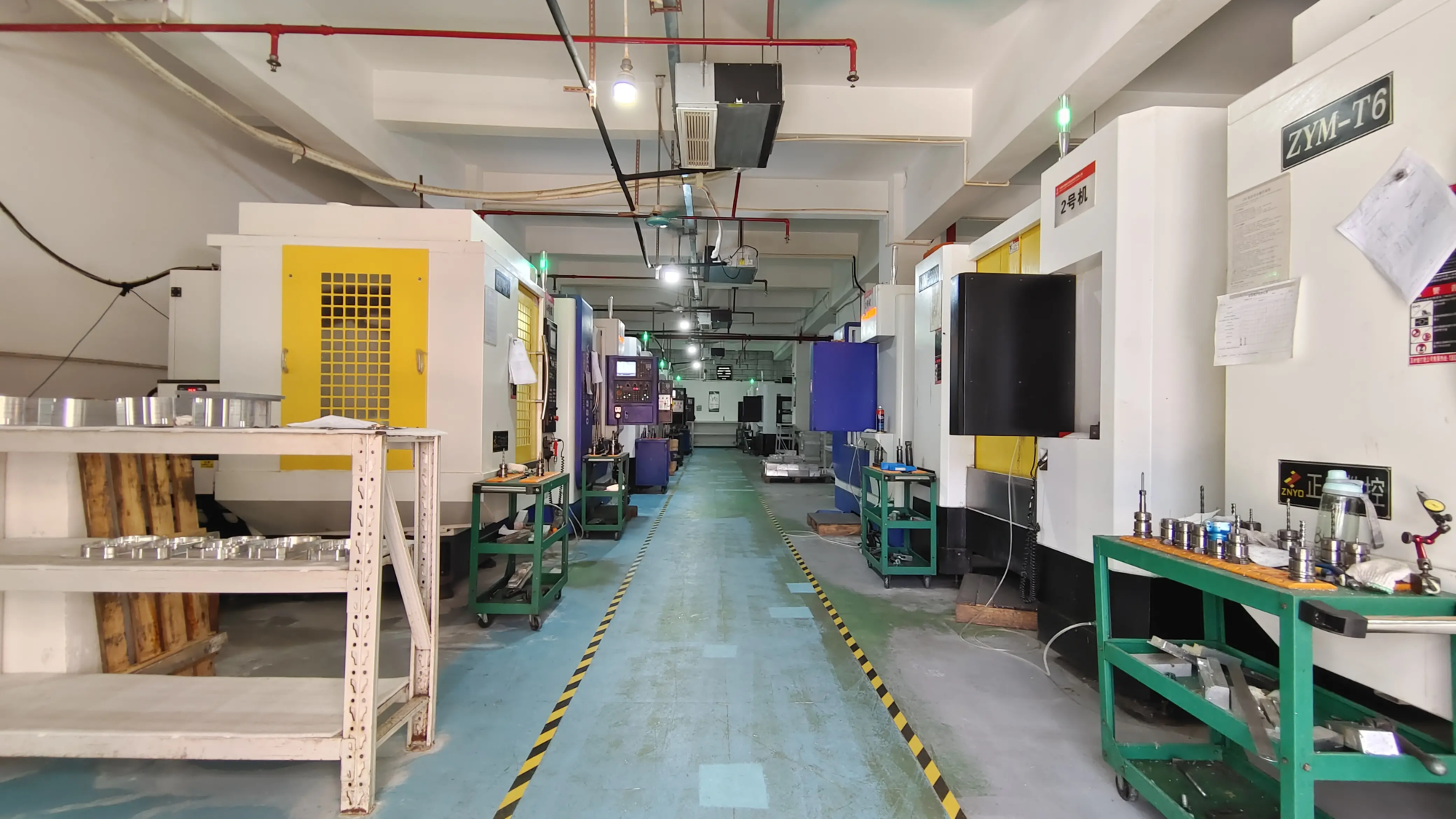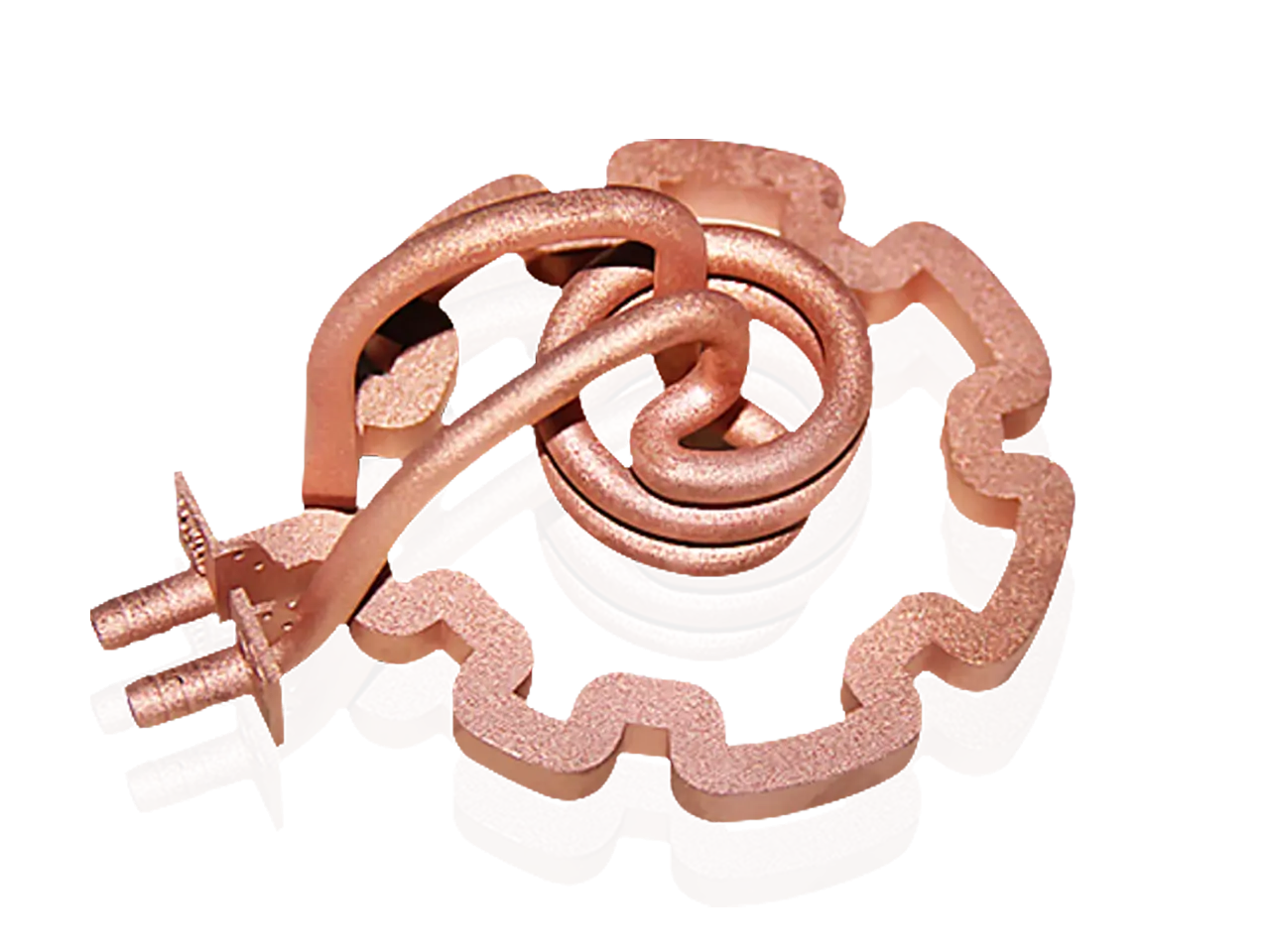Unlock your reading potential: A comprehensive guide to DIY 3D printing bookshelf
Tired of getting a book in a long-term reading course? Will your recipe turn off the spare parts in it? A 3D printed bookshelves provides an elegant, customizable solution that improves your reading experience. In addition to the basic store-buying options, DIY 3D printing can also design a tailor-made stall your Needs – Whether you are a chef, a companion in a splash-proof kitchen, a student fighting heavy textbooks, or an artist seeking hands-free reference holder. Here are the expertise to create your own design-to-print approach, as well as the professional skills to achieve industrial-grade durability.
Why 3D printed bookshelf?
Unlike mass-produced stands, 3D printing gives you full control:
- Ergonomic flexibility: Adjust the angle to read comfort (15°–80°).
- Total customization: Size for pocket paperbacks, oversized art books and even tablets.
- Materials Science: Use lightweight plastic portability or solid material for life.
- Cost Efficiency: Print a fraction of the retail price (Filament <$3 $20+ retail price).
Step by step DIY guide
1. Design phase: CAD like a professional
Software Options:
- beginner: Tinkercad (free, web-based). Start with a simple geometry → add angle support.
- Advanced Users: Fusion 360 or Freecad. Create parameter designs that can be adjusted by sliders (e.g., width/angle).
Key design considerations:
- Stablize: Add non-sliding feet (silicon pad or TPU grip).
- Weight distribution: Use triangle support to rebook.
- Save space: The hinge design folds flat; modular slots allow you to stack multiple brackets.
👉 hint: Export your model .STEP Format for easy modification later with professional services.
2. Material selection
- Home Printer (FDM):
- PLA: Affordable and easy to print (perfect for decorating a stall).
- PETG: Dishwasher is safe for kitchen use.
- TPU: Rubber-like grip to prevent slipping.
- Professional Metal Printing (SLM):
choose Aluminum alloy (Lightweight/corrosion-resistant) or Stainless steel For industrial durability. Need services like Greatlight (more below).
3. Print and Setup
- Layer height: Smooth surface 0.15–0.2mm.
- filling: 20% (lightly used) to 40% (textbook).
- support: Use tree support in Cura for complex curves → less cleanup.
- Post-processing:
- Sand + primer/paint for aesthetics.
- Steam smooth (For ABS) Use acetone.
Solve FAQs:
- Warp: Heat the bed to 60°C + edge of use.
- Weak joints: Increase the wall thickness to around 3+.
4. When to go to professional: Metal 3D printing service
While DIY plastic brackets are suitable for most needs, metal printing is good at demanding scenarios:
- Lifetime Durability: Recipes in steaming kitchen, outdoor manual.
- Advanced Aesthetics: Brushed metal finish, custom prints.
- Complex geometric shapes: The internal lattice structure reduces weight without sacrificing strength.
Greghime – Your Rapid Prototyping Partner:
As a leader in industrial 3D printing SLM (Selective Laser Melting) Technology for producing precise metal parts. We support materials from aluminum to titanium to solve complex rapid prototyping challenges through one-stop post-machining (CNC machining, polishing, anodizing). For mission-critical applications – considering friction-resistant joints or FDA-compliant biomedical equipment – our certified workflow guarantees repeatable quality. Most materials ship within 72 hours. Explore our abilities: [Link to Service Page]
in conclusion
3D printing democratizes the creation of the perfect bookshelves: Travel lightweight, unbreakable studios or artistic complications for your living room. By designing your own, you can solve precise ergonomic pain points while unleashing creativity. When you need aerospace-grade resilience? Work with professionals like Greatlight to transform digital design into a heirloom quality tool.
FAQ
Q1: Will PLA be twisted in my popular kitchen?
A: PLA softens at 60°C! use Petg (Heat resistance to 80°C) For kitchen stands. For heavy steam environments, upgrade to Metal 3D printing.
Question 2: Can I design for 5kg textbook extensions?
Answer: Yes! In CAD software:
- Add support ribs under the base.
- Increase the wall thickness to 5mm.
- Choose PETG, Nylon – or stainless steel printed by SLM.
Q3: How to fix the rubber grip?
A: Embed small cavity in design and glue TPU pad With epoxy resin. Or print the entire part in a flexible filament.
Question 4: Why choose the Greatlight of the metal book stall on the local store?
A: We provide Precision SLM printer Near mesh parts with a tolerance of <0.1mm and with Fast delivery time (3-5 days) and Post-processing integration. Our ISO certified process ensures consistency in high clothing components.
Q5: Is embellishment (logo, texture) possible?
Answer: Absolute. In PLA, embed textures in CAD software. For metals, Greglight provides Laser engraving or Etching Post-processing.
Question 6: Can I commercialize my design?
Answer: Yes! Start with a plastic prototype and then transition to mass production through Greatlight Batch Manufacturing Service (CNC processing or metal printing).
Ready to design? Verify your plastic prototype at home and then Expand to metal For luxury or heavy duty use. Need a production partner? [Get a Quote] From Greatlight, your precise vision becomes a reality.





